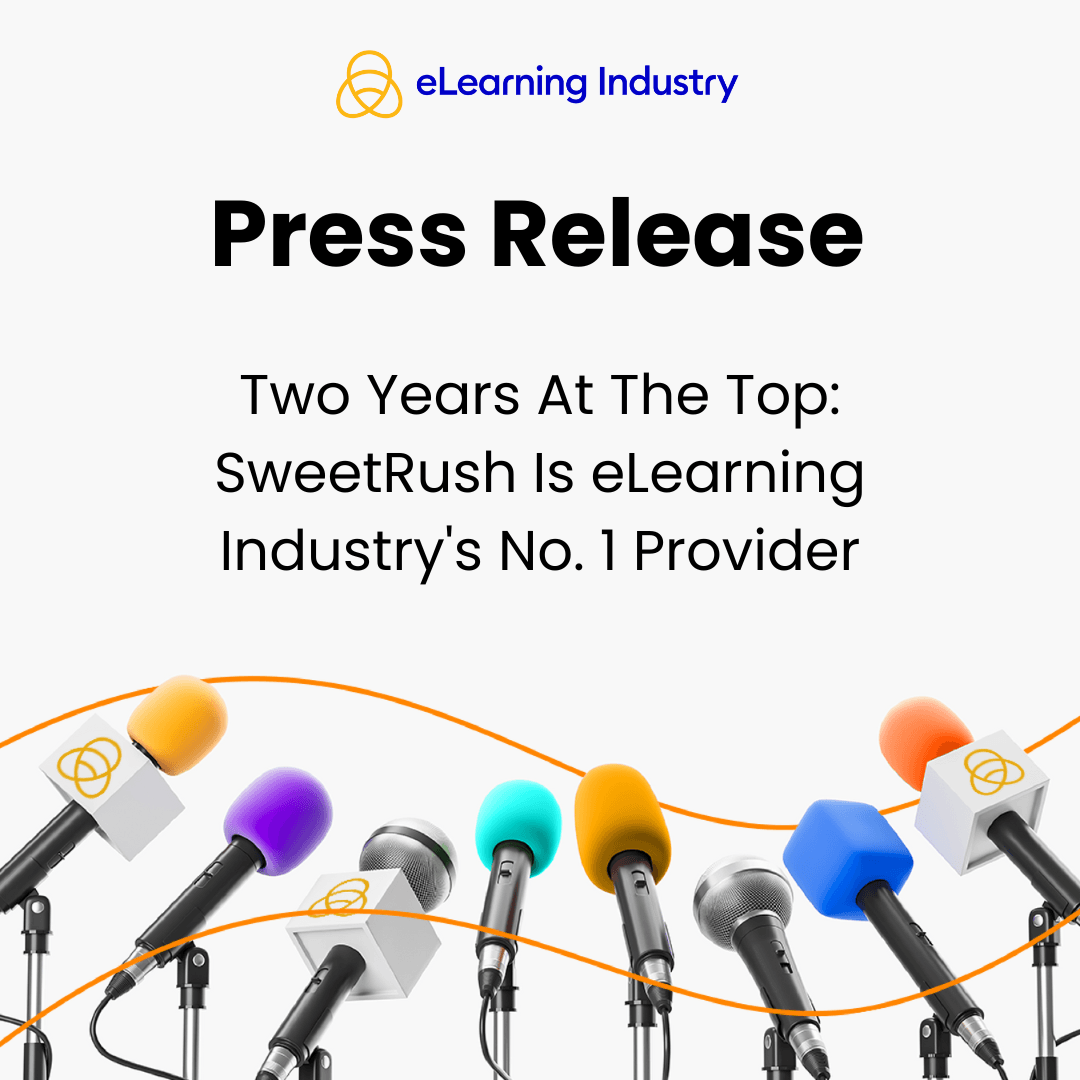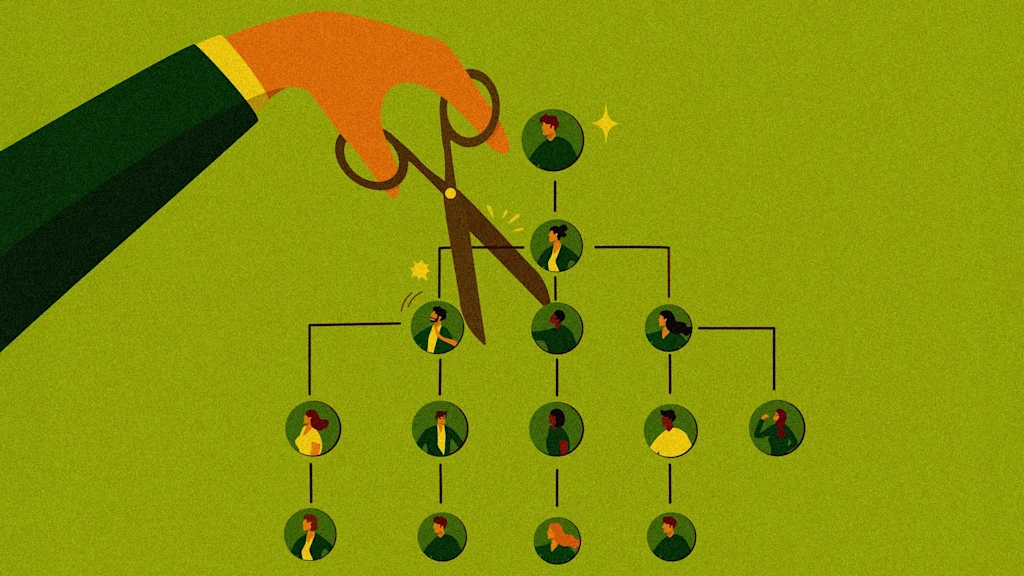#employee-engagement
#employee-engagement
[ follow ]
Careers
fromFortune
5 days agoI'm a leader in private equity and see a simple fix for America's job-quality crisis: actually give workers a piece of the business | Fortune
Only about 40% of American workers have quality jobs defined by financial security, safety and respect, growth opportunities, voice, and manageable schedules.
fromeLearning Industry
1 week ago7 Essential Employee Engagement Principles For Thriving Workplaces
Employee engagement principles are recognized as one of the most potent factors influencing everyone's performance in the workplace. When employees feel appreciated, engaged, and connected, they contribute more than just their skills. They also bring enthusiasm, creativity, and dedication to support the organization's sustained growth. Building a successful workplace means creating a culture where employees feel committed to the organization's goals. In this article, we'll examine seven key employee engagement principles that can revolutionize your company by motivating your team.
Business
fromBusiness Insider
2 weeks agoThe secret to avoiding 'AI slop' - let workers 'job craft' their own roles around AI tools, researchers say
Employees who take the initiative to reshape their roles around artificial intelligence - rather than simply using it to speed through tasks - are more engaged, motivated, and creative at work, according to new research from Multiverse, the upskilling platform for AI and tech adoption. The study, conducted in June and July, analyzed 295 UK full-time professionals across industries, including finance, government, and technology, all of whom had used generative AI for at least six months.
Artificial intelligence
fromeLearning Industry
2 weeks agoGiving Thanks To Your Team: How Gratitude Boosts Learning In The Workplace
It's a season for warm messages and "thank yous." This is why Thanksgiving serves as a reminder of the power of genuine gratitude in learning and the workplace, as well. In today's world of remote teams, deadlines, and constant learning, employees can easily feel overwhelmed. A simple "I appreciate you" can make a big difference to your team, as it can change the mood of the day, create a sense of connection, and remind everyone that their work is important.
Mental health
fromFast Company
1 month ago5 signs you're working for a performative manager (and how to outsmart them)
Every workplace seems to have one. A manager who goes silent for days, then suddenly reappears in the team chat the moment senior leadership checks in. They'll swoop in to take credit for the work they hadn't touched, and say, "Oh yes, we've been addressing that." This type of boss shows up when there's an audience, then vanishes as soon as the higher-ups leave. I've started calling them the performative manager, because that's exactly what they are.
Careers
Remote teams
fromThe Hill
1 month agoMicroshifting is the new work trend to know about now
Post-pandemic work patterns include symbolic office attendance, increased long-distance commuting, financial strain among high earners (HENRYs), quiet quitting, and sharply lower employee engagement with large economic costs.
fromPsychology Today
1 month agoFrom Metrics to Meaning
It wasn't until the 1930s that the idea of worker satisfaction entered the working world's psyche. Before then, the prevailing attitude was simple: "You work for us, we pay you." Worker dissatisfaction was the norm, and many industries rose and thrived on taking advantage of the working poor. It wasn't until the realization dawned that a healthy worker is a productive worker-thereby impacting the company's bottom line-that the focus on worker satisfaction began to gain traction through industrial psychology and early management theories that recognized the importance of employee well-being for productivity.
Business
fromInc
2 months agoHow to Have Fun at Work
In this episode of From the Ground Up, Inc. editor-in-chief Mike Hofmansits down down with Shuman Ghosemajumder, co-founder and CEO of the AI cybersecurity startup Reken, Ben Goodwin, co-founder, and CEO, of the prebiotic soda company Olipop, and Melissa Mash, co-founder and CEO of the fashion and lifestyle brand Dagne Dover. The conversation explores what it really means to have fun at work again-and why joy and creativity are essential ingredients for sustainable growth.
Startup companies
fromeLearning Industry
2 months agoHow To Build A Learning Culture That Drives Employee Engagement: An L&D Leader's Guide
They're bringing that strain and pressure to work, and it's showing up as a record low in employee engagement: an abysmal 21%. The damage adds up: Gallup estimates the collective cost of employee disengagement to the global economy at an eye-watering $438 billion. [3] As L&D leaders, we've entered a whole new era of flux and uncertainty, but also opportunity. How can we help our people grow into adaptable, innovative, and resilient employees...who stick around?
Education
fromFast Company
2 months agoRethink your workplace for your multigenerational workforce
Boomers and Gen X often see flexibility as a tool for managing work-life balance or caregiving responsibilities. Millennials view it as a non-negotiable element of trust and autonomy, while Gen Z perceives it as a reflection of an employer's adaptability and tech-savviness. Offering hybrid or remote options alone isn't enough for workplace designers and change managers. Organizations must clearly define flexibility across roles and levels and be prepared to support it through policies, digital infrastructure, and space planning.
Remodel
fromLondon Business News | Londonlovesbusiness.com
2 months agoTop three tips for improving team motivation - London Business News | Londonlovesbusiness.com
Recognition is often overlooked. Managers assume a salary alone is enough, but people want to feel appreciated for their unique contributions. Phrases like this can help motivate your team: "I really appreciate how you handled that client", or "Your attention to detail made all the difference in this project". Small acknowledgements cost nothing but can deliver a huge motivational boost.
Business
fromIndependent
2 months agoDear Vicki: My staff check their phones during our meetings. How can I get them to engage?
Q: I am a hands-on SME owner with a packed schedule. I'm starting to have a real problem with office meetings, and I need your help. I believe they are using up too much of my time and not leading to meaningful progress. Discussions go round in circles, as many participants come unprepared and quickly become disengaged, openly checking their phone notifications when others are speaking.
Productivity
fromHarvard Business Review
2 months agoWhen Your CEO's Leadership Creates Chaos
When a CEO's leadership style creates more problems than it solves, organizational performance can suffer-sometimes dramatically. Research from McKinsey shows that up to 45% of a company's performance variation is directly tied to the effectiveness of its CEO. Gallup finds that managers and leaders account for 70% of the variance in employee engagement. In other words, when leadership goes wrong at the top, the consequences cascade quickly.
Business
fromIT Pro
2 months agoShadow AI can be a tool for AI innovation with the right controls, say Gartner analysts
Having a good AI discovery process is the foundation of a versatile AI cyber security program. Use existing tools like web proxies and log management systems to discover what employees and app developers are already doing with AI,
Information security
Business
fromLondon Business News | Londonlovesbusiness.com
2 months agoFive reasons to host a murder mystery dinner at your work event - London Business News | Londonlovesbusiness.com
Murder mystery dinners foster teamwork, reveal hidden employee strengths, and spark creativity through immersive roleplay and collaborative problem-solving.
fromFast Company
3 months agoBest Workplaces for Innovators 2025: Excellence through adversity
This category recognizes companies that have implemented innovative and effective strategies to boost employee morale and engagement during challenging times. FutureThink, New York Quarterly "Kill a Stupid Rule" sessions empower employees at the business services and management consulting firm to streamline workplace processes. Land O'Lakes, Arden Hills, MN In the face of pandemic-era disruptions, leaders at the member-owned agricultural cooperative advocated to bring flexible work to its manufacturing team.
Business
Careers
fromEntrepreneur
3 months agoHere's the Real Reason Your Employees Are Checked Out - And the Missing Link That Could Fix It | Entrepreneur
Storytelling throughout the employee lifecycle builds connection, trust, and clarity, boosting engagement across recruiting, onboarding, training, meetings, and recognition.
Business
fromeLearning Industry
3 months agoBreaking The Feedback Barrier: Help New Managers Drive Performance
Managers' fear of giving feedback prevents frequent, meaningful feedback, reducing engagement and business performance; training and regular check-ins can normalize feedback and improve results.
[ Load more ]






























